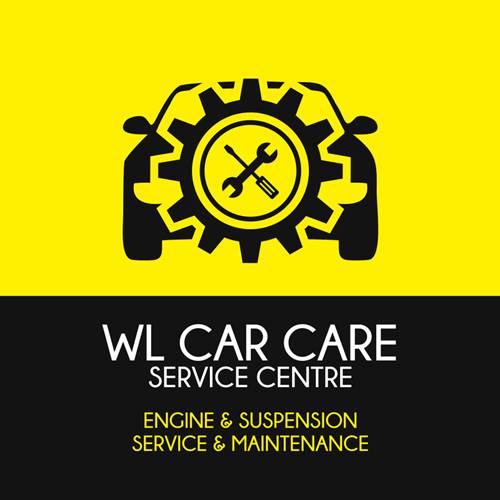A major car service and maintenance involves a comprehensive inspection and servicing of various components in a vehicle to ensure its proper functioning, safety, and longevity.
Here are common features associated with a comprehensive car service and maintenance:
- Engine Oil and Filter Change:
- Draining the old engine oil and replacing it with fresh, high-quality oil. The oil filter is also replaced to ensure effective filtration.
-
- Air Filter Replacement:
- Replacement of the air filter to ensure clean air intake into the engine and optimal fuel combustion.
-
- Fuel Filter Replacement:
- Replacement of the fuel filter to maintain fuel system cleanliness and prevent contaminants from reaching the engine.
-
- Spark Plug Replacement:
- Replacement of spark plugs to ensure proper ignition and combustion.
-
- Transmission Fluid Change:
- Draining the old transmission fluid and replacing it with new fluid to maintain smooth transmission operation.
-
- Coolant Flush and Replacement:
- Flushing the old coolant from the cooling system and refilling it with fresh coolant to prevent overheating and corrosion.
-
- Brake System Inspection and Service:
- Inspection of brake pads, rotors, calipers, and brake fluid. Replacement or resurfacing of brake components as needed.
-
- Power Steering Fluid Replacement:
- Draining and replacing the old power steering fluid to maintain proper power steering function.
-
- Battery Testing and Service:
- Testing the battery's condition and replacing it if necessary. Cleaning battery terminals and applying terminal protectors.
-
- Tire Rotation and Inspection:
- Rotating tires to ensure even wear and inspecting tire tread depth. Checking and adjusting tire pressure.
-
- Wheel Alignment:
- Checking and adjusting wheel alignment to prevent uneven tire wear and ensure proper vehicle handling.
-
- Suspension System Inspection:
- Inspection of shocks, struts, and other suspension components for wear or damage.
-
- Exhaust System Inspection:
- Inspection of the exhaust system for leaks, rust, or damage.
- Drive Belt Inspection and Replacement:
- Inspection of drive belts for wear and proper tension. Replacement of worn-out belts.
-
- Timing Belt Replacement (if applicable):
- Replacement of the timing belt at the recommended interval to prevent engine damage.
-
- Cabin Air Filter Replacement:
- Replacement of the cabin air filter to maintain clean air inside the vehicle.
-
- Fluid Leak Inspection:
- Examination of the vehicle for any signs of fluid leaks, such as oil, coolant, or transmission fluid.
-
- Steering and Suspension System Lubrication:
- Lubrication of steering and suspension components to reduce friction and ensure smooth operation.
-
- Diagnostic Scans:
- Conducting diagnostic scans to identify any fault codes or issues with the vehicle's electronic systems.
-
- Visual Inspection of Engine and Undercarriage:
- Visual inspection of the engine compartment and undercarriage to identify any visible issues or leaks.
-
- By incorporating these features, a major car service and maintenance aim to address both preventive and corrective measures, ensuring the overall health and performance of the vehicle. Vehicle owners should communicate with their service provider to understand the specifics of the service and any recommendations for ongoing maintenance.


